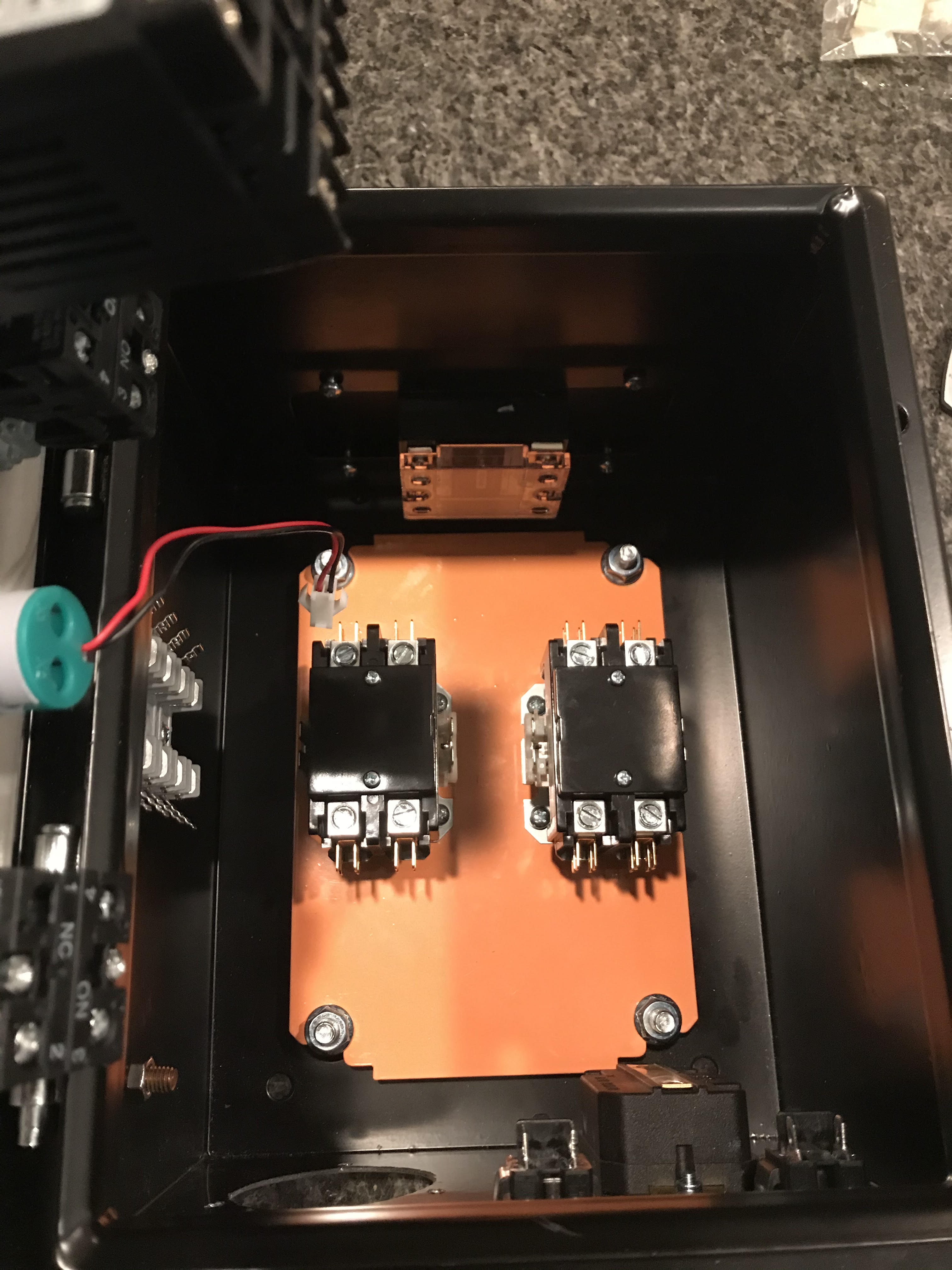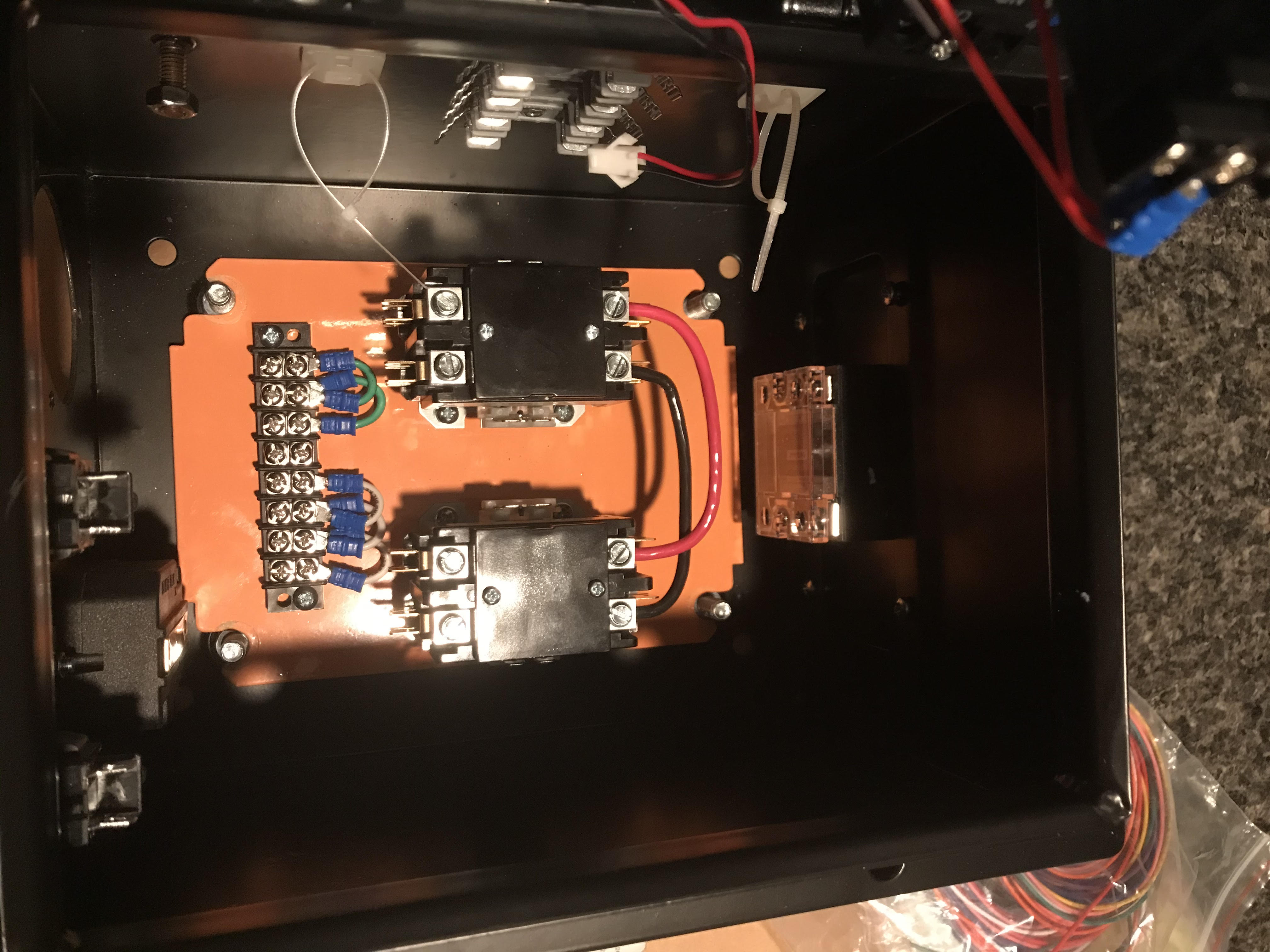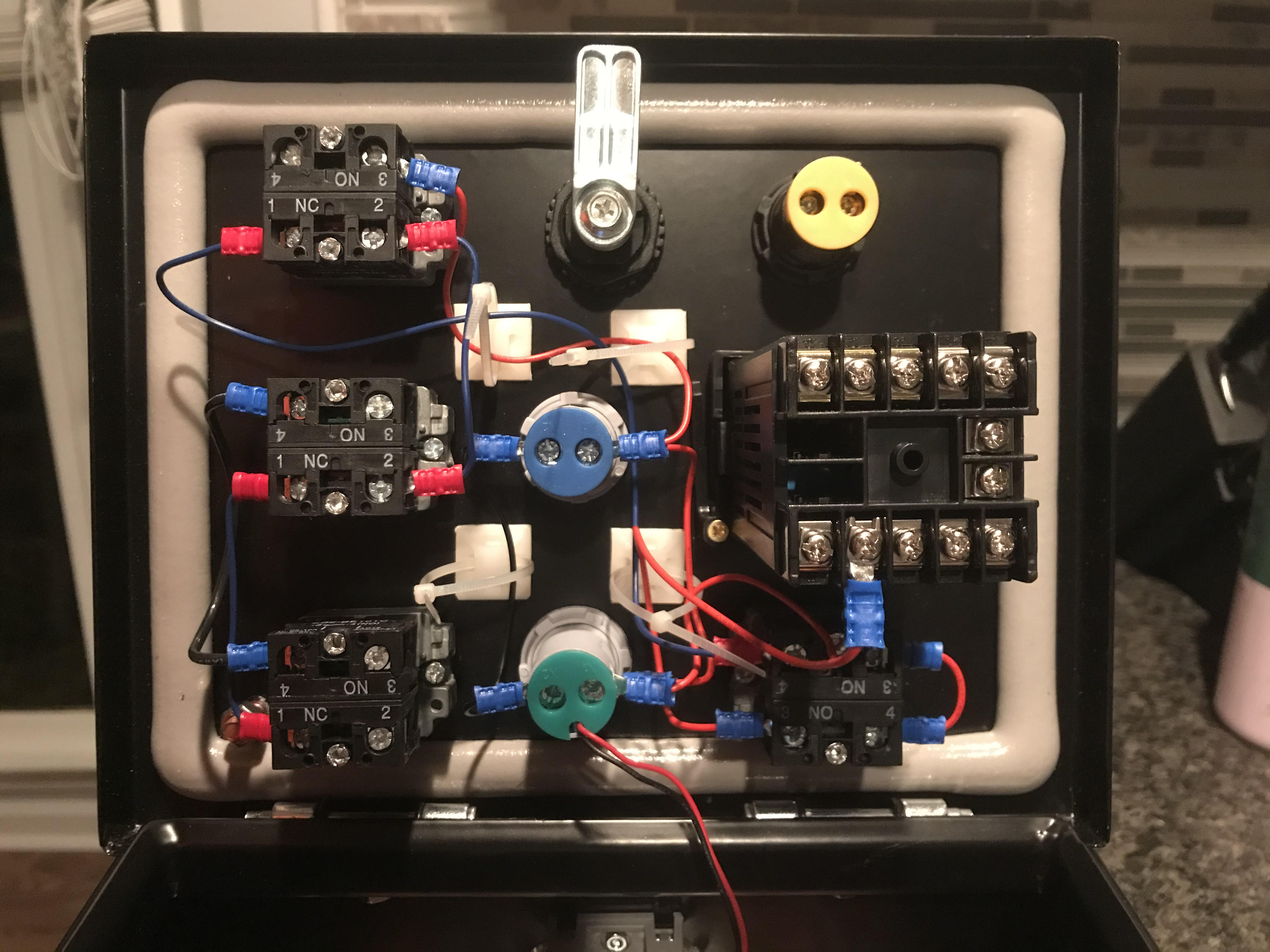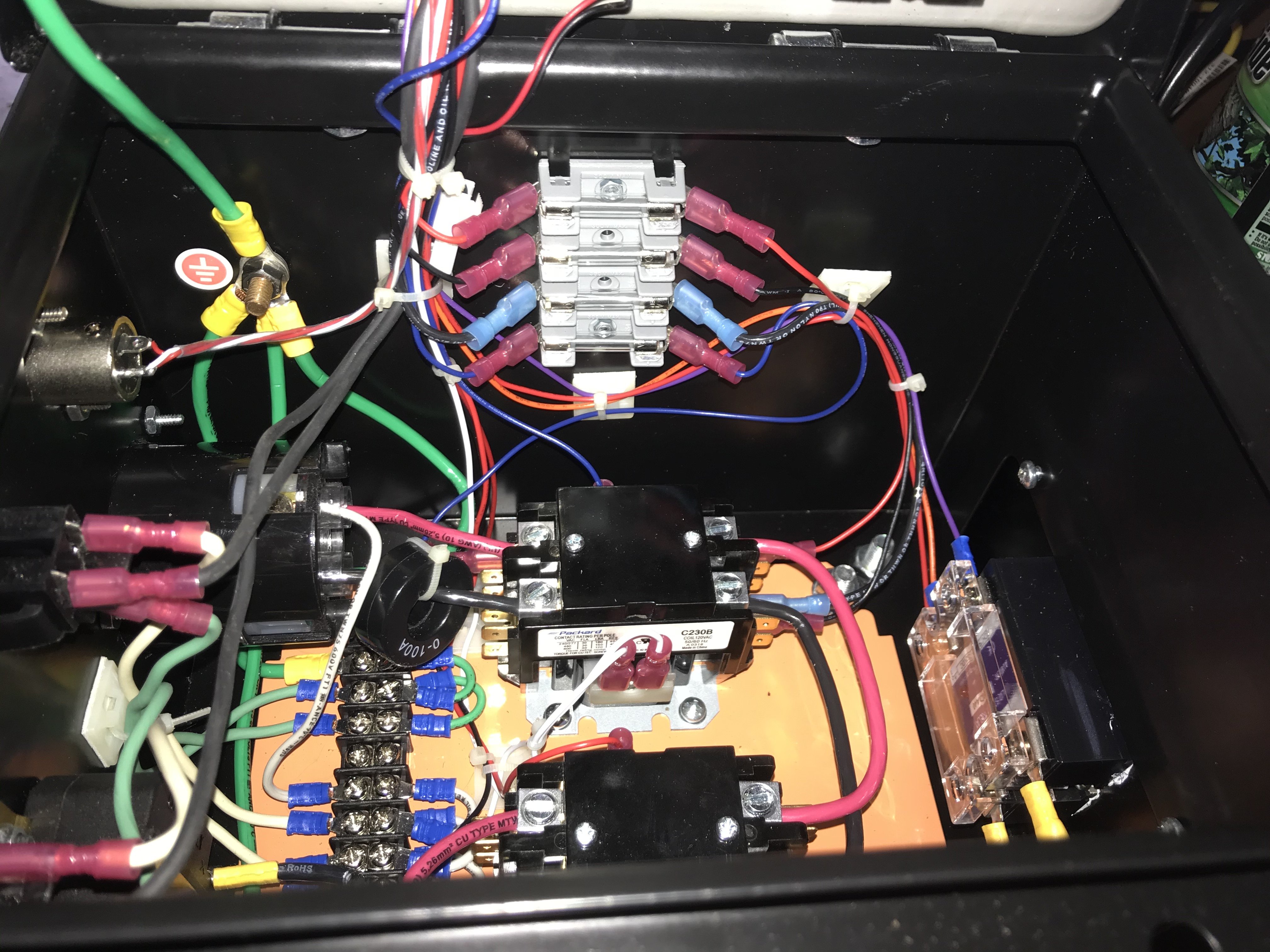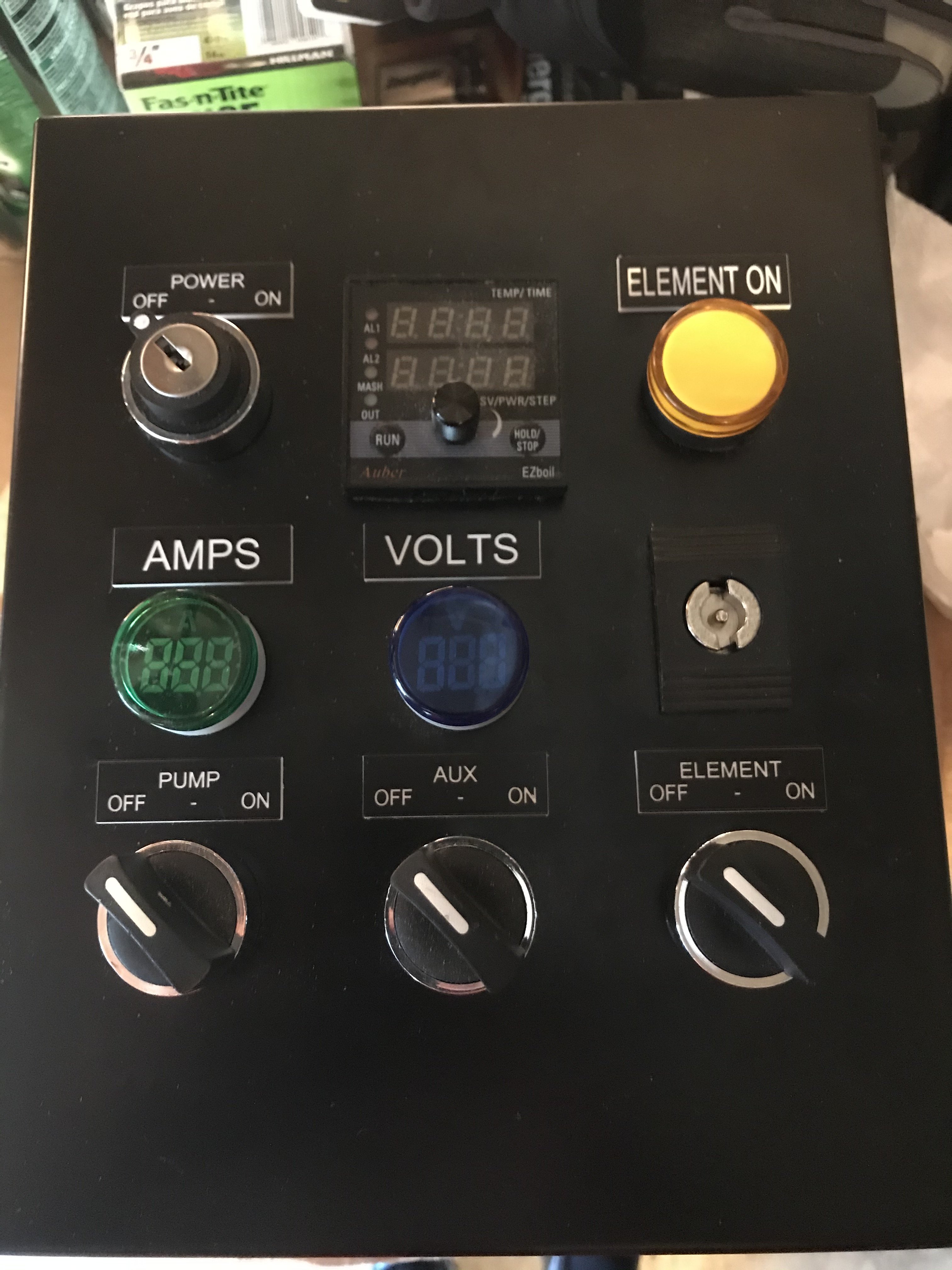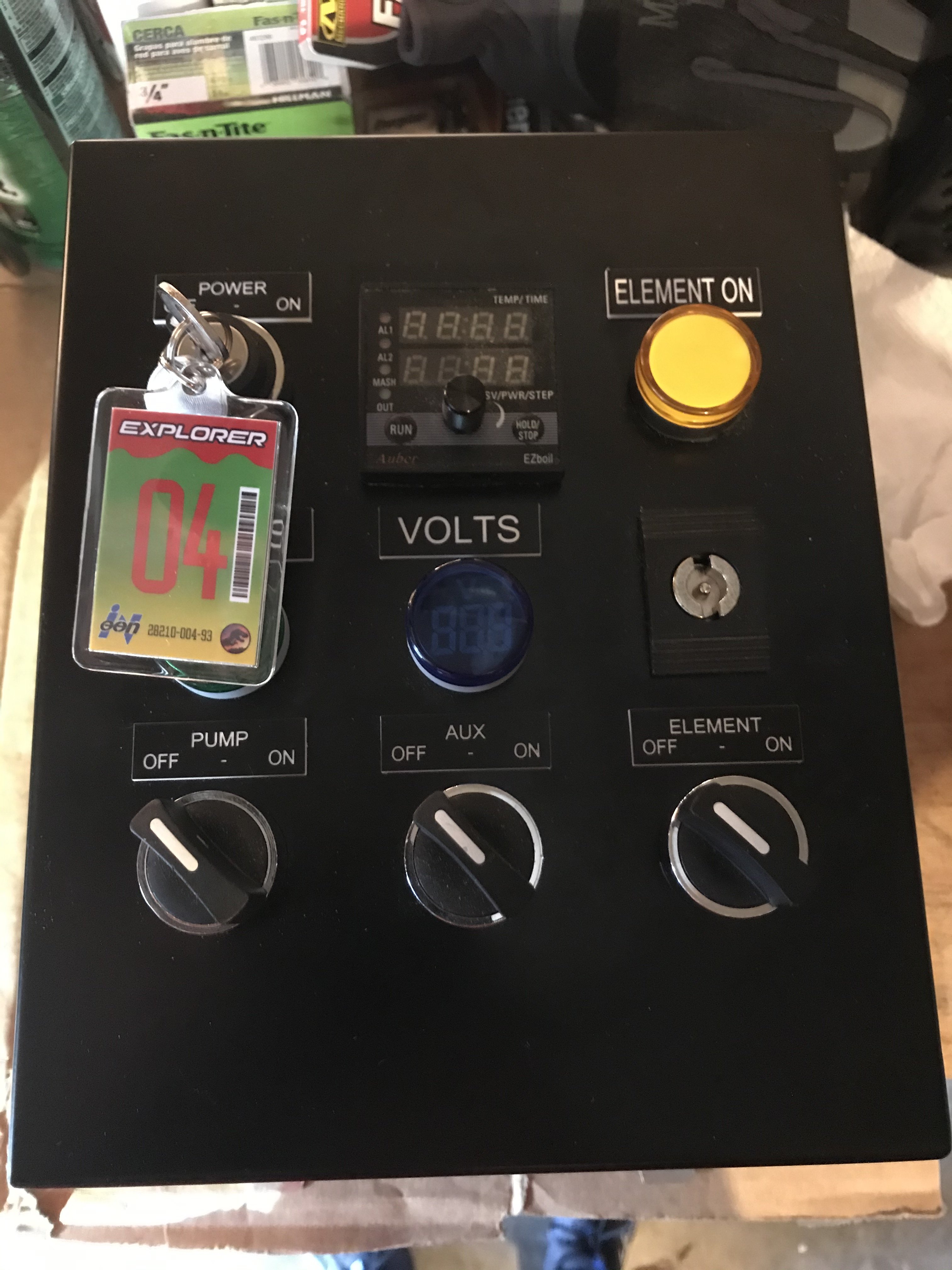- Joined
- Nov 4, 2015
- Messages
- 29
- Reaction score
- 11
After spending some free time looking over the forums for the last year I have decided to move to eBIAB. I currently am brewing with a 3 vessel system made up of two coolers and an 8 gallon MegaPot 1.2 boil kettle. After having a few kids and needing more space in the garage for kids toys it is now time to shrink my brewing space to one vessel.
Starting out I just want to thank everyone for posting such valuable information regarding their builds, they have been hugely helpful on the path to electric brewing.
Step 1 - Upgrade Kettle:
I intend to brew mostly 5 gallon batches but may try the occasional 9-10 gallon batch. I decided to let Spike do all of the "hard work" and went with a custom 15 gallon kettle with 4 1.5" tri-clamp ports labeled below.

In the process of working with Spike on the kettle the information came out regarding their Single Vessel Brew System. I liked the idea but wanted to make my own controller, however I did confirm with them that my custom kettle would work with their basket. I plan to recirculate during the mash and will start out with a brew bag and false bottom but will likely get the Spike basket when it is available.
To keep things simple I also ordered a heating element, a shorty pickup tube for the drain port, and a side pickup tube for the whirlpool port.
Starting out I just want to thank everyone for posting such valuable information regarding their builds, they have been hugely helpful on the path to electric brewing.
Step 1 - Upgrade Kettle:
I intend to brew mostly 5 gallon batches but may try the occasional 9-10 gallon batch. I decided to let Spike do all of the "hard work" and went with a custom 15 gallon kettle with 4 1.5" tri-clamp ports labeled below.

In the process of working with Spike on the kettle the information came out regarding their Single Vessel Brew System. I liked the idea but wanted to make my own controller, however I did confirm with them that my custom kettle would work with their basket. I plan to recirculate during the mash and will start out with a brew bag and false bottom but will likely get the Spike basket when it is available.
To keep things simple I also ordered a heating element, a shorty pickup tube for the drain port, and a side pickup tube for the whirlpool port.
Last edited:


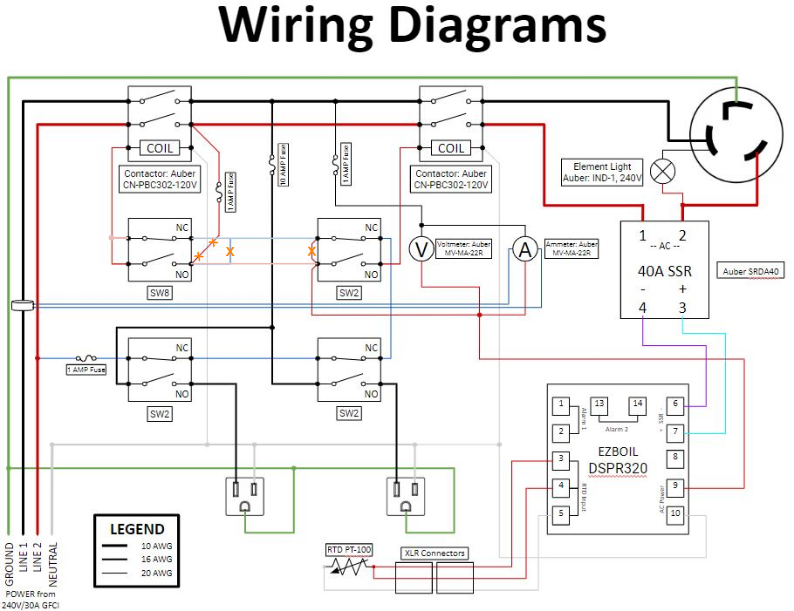









































![Craft A Brew - Safale S-04 Dry Yeast - Fermentis - English Ale Dry Yeast - For English and American Ales and Hard Apple Ciders - Ingredients for Home Brewing - Beer Making Supplies - [1 Pack]](https://m.media-amazon.com/images/I/41fVGNh6JfL._SL500_.jpg)


















